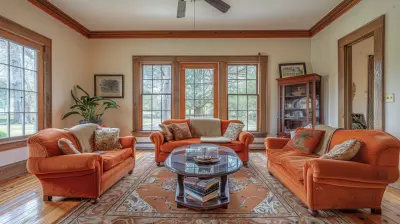The Role of Furniture Placement in Staging Success
8 June 2025
When it comes to selling a home, staging is one of the most powerful tools in a real estate agent's arsenal. It’s the magic wand that transforms a house into a home, making buyers feel an emotional connection the moment they step inside. But what’s the secret ingredient to effective staging?
Furniture placement.
The way furniture is arranged can make or break a buyer’s first impression. Too much clutter? They feel cramped. Too much space? It feels cold and uninviting. Get it just right? Suddenly, they can imagine themselves living there.
So, let’s dive into why furniture placement is a game-changer in staging success—and how you can use it to make a home irresistible to buyers.
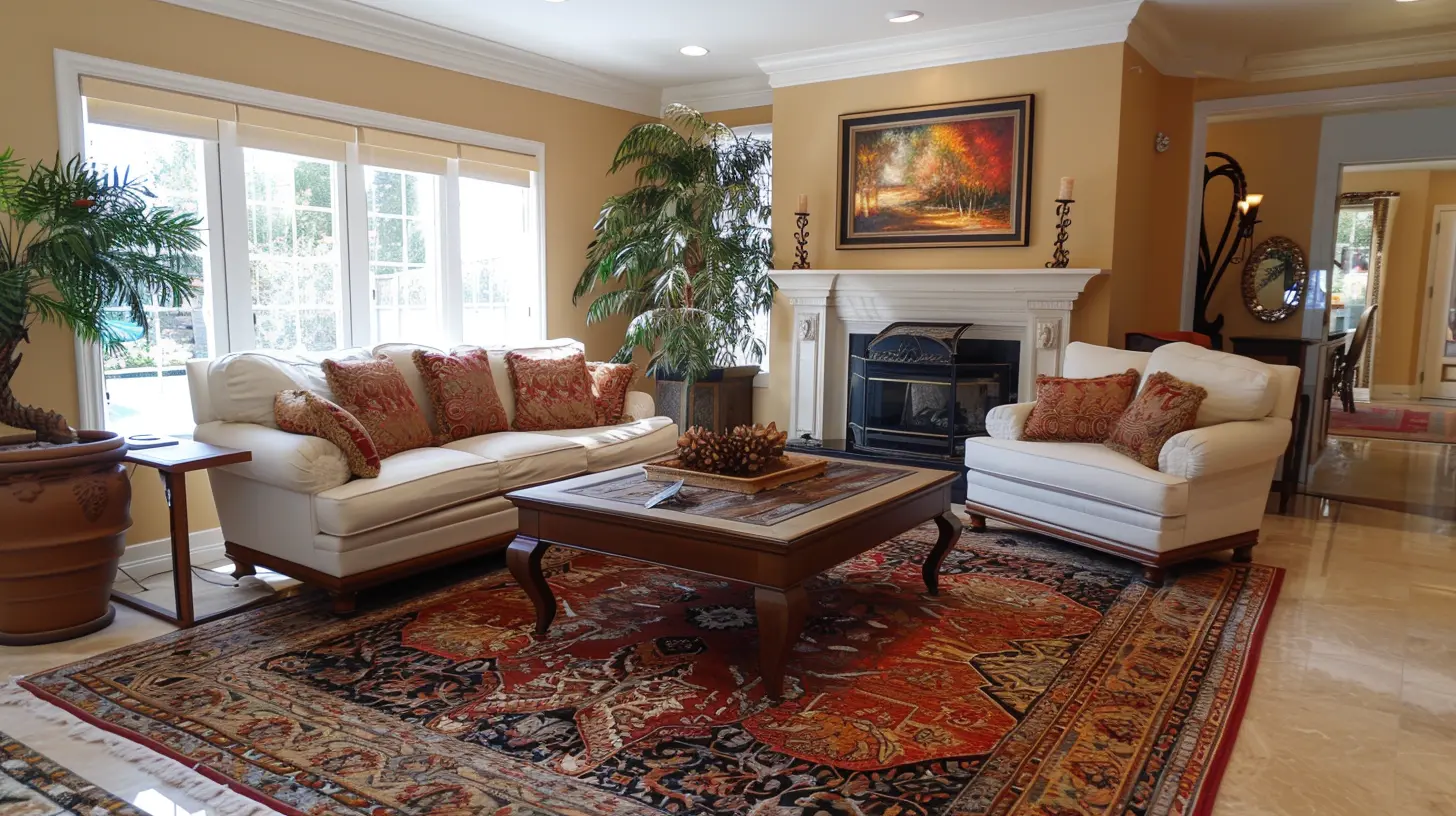
Why Furniture Placement Matters in Staging
Furniture isn't just about filling a space. It’s about creating a visual story that guides the buyer through the home effortlessly. Here’s why proper placement is crucial:1. Maximizes Space Perception – A well-arranged room can make even a small space feel open and airy.
2. Enhances Flow and Movement – Buyers should be able to walk through a room without bumping into furniture.
3. Highlights Key Features – The right setup can showcase a fireplace, a stunning view, or architectural details.
4. Creates Emotional Appeal – When a space feels warm and inviting, buyers are more likely to picture themselves living there.
Now, let’s break down some key strategies for placing furniture like a pro.
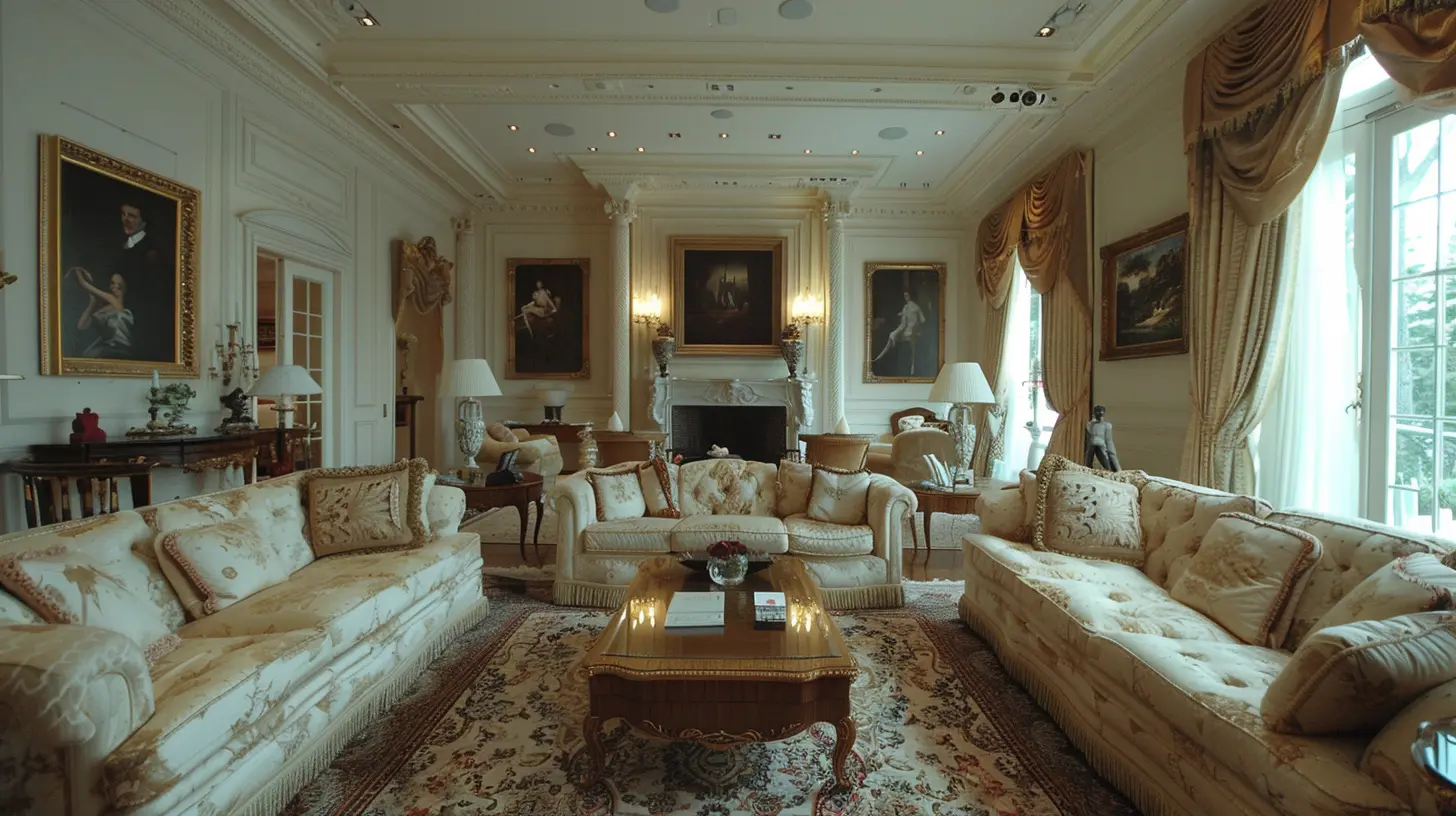
The Fundamentals of Strategic Furniture Placement
1. Prioritize Functionality Over Decoration
A home’s layout should feel intuitive. Every piece of furniture should have a purpose. A common mistake in staging is placing furniture for aesthetics rather than functionality. If a buyer walks into a room and has to guess its purpose, that’s a problem.For instance, in an awkwardly shaped living room, positioning a cozy seating arrangement around a focal point (like a fireplace or TV) helps define the space. If the furniture floats aimlessly, the room feels confusing.
2. Follow the Rule of Thirds
Ever notice how some homes just feel balanced? That’s often thanks to the rule of thirds. Instead of placing furniture symmetrically, divide a room into three sections. This method guides the eye naturally, creating a sense of harmony and flow.For example, in a bedroom, the bed should anchor one-third of the space, with nightstands and decor balancing the remaining two-thirds.
3. Don’t Push Furniture Against the Walls
It may seem logical to push furniture against the walls to “create more space,” but it actually has the opposite effect. Rooms often feel cozier and more inviting when furniture is pulled slightly away from walls.In a living room, for instance, pulling the sofa a few inches forward with a coffee table in front creates a more intimate setting. This subtle change makes a huge difference in how the space is perceived.
4. Use Area Rugs to Define Spaces
Open-concept layouts are wildly popular, but they can sometimes feel too vast or disconnected. Area rugs help anchor a space, visually defining different functional areas without the need for walls.A well-placed rug under a dining table or a seating arrangement instantly makes the space feel purposeful. Just make sure the furniture legs sit on the rug—having a “floating” rug can make a space feel disjointed.
5. Create Clear Walkways
No buyer wants to feel like they’re navigating an obstacle course. There should be a clear and natural flow from one room to the next.A good rule of thumb? Leave at least 36 inches of walking space between furniture pieces. This creates an open, breathable environment that feels inviting and effortless.
6. Highlight Natural Light
Natural light is one of a home’s best selling points. But if furniture is blocking windows, it can make rooms feel darker and smaller.Position sofas, chairs, and tables in a way that maximizes sunlight. Avoid placing bulky furniture directly in front of windows. Instead, opt for low-profile pieces that complement the brightness.
7. Scale Matters: Use the Right-Sized Furniture
A massive sectional in a small living room? It’s overwhelming. A tiny loveseat in a grand space? It feels out of place.Always choose furniture that fits the scale of the room. If a space is tight, opt for sleek, compact pieces that enhance the openness. In a larger room, go for substantial pieces that fill the space without overcrowding it.
8. Angle Matters: Diagonal Placements Add Interest
Placing furniture at slight angles instead of rigid straight lines can soften a space, adding an element of fluidity and visual interest. A chair angled in a cozy nook or a dining table slightly turned can make a room feel more dynamic and natural.9. Minimize Clutter, Maximize Appeal
Staging isn’t about showcasing things, it’s about showcasing space.Too much furniture can make a room feel suffocating. Decluttering and editing furniture pieces ensures buyers focus on the home’s features rather than the decor. Choose fewer but well-placed pieces for a clean, airy feel.
10. Use Mirrors to Amplify Space
Strategically placed mirrors can make a room feel larger and brighter. A large mirror opposite a window reflects light, instantly making a space feel open and airy. In small rooms, this trick works wonders, creating an illusion of depth.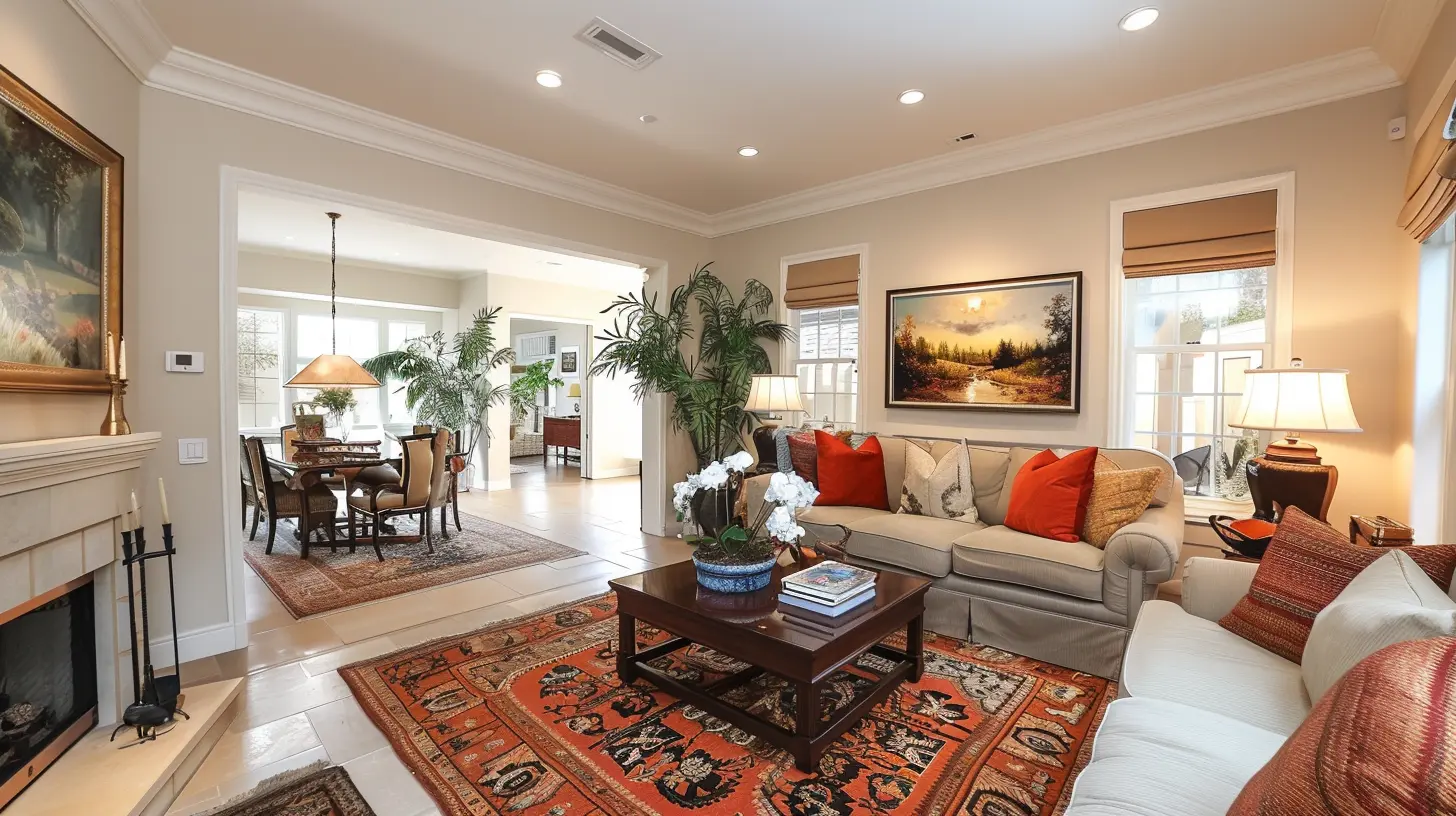
Room-by-Room Furniture Placement Tips
Living Room: The Heart of the Home
- Arrange seating around a focal point (fireplace, TV, or statement window).- Keep furniture proportionate to the room's size.
- Use ottomans or coffee tables to fill empty spaces without overwhelming them.
Dining Room: Encouraging Gatherings
- Keep the table centered with enough space to move around comfortably.- Chairs should be spaced evenly for a balanced look.
- Consider a statement light fixture to anchor the space visually.
Bedroom: A Relaxing Escape
- Place the bed against the longest wall for a natural flow.- Nightstands should be proportionate to the bed—not too big or too small.
- Avoid excessive furniture—less is more in a bedroom.
Home Office: Productivity Boost
- Position the desk near natural light but away from distractions.- Use shelving to maximize vertical space.
- Keep furniture minimal to maintain a clean, uncluttered workspace.
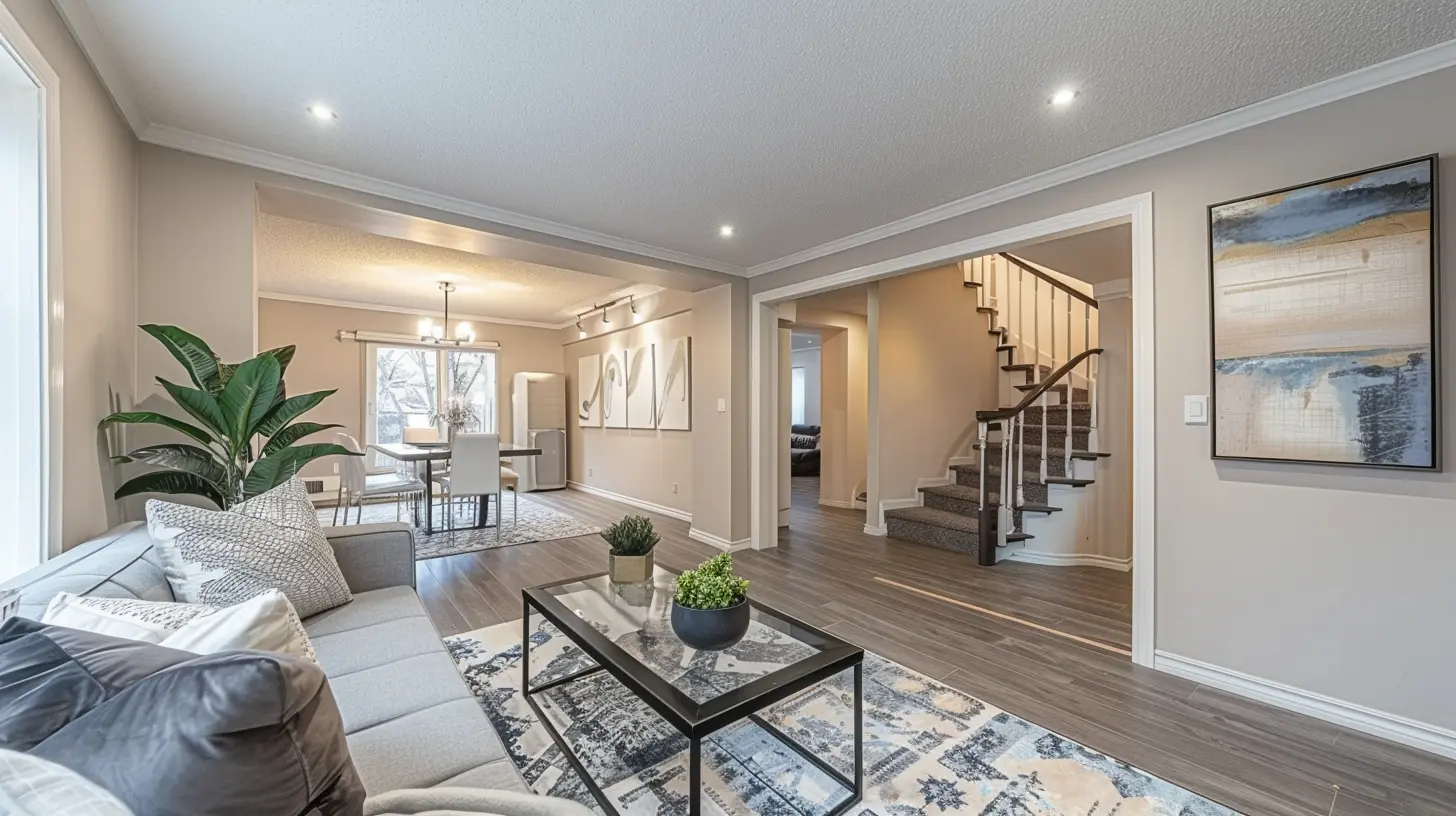
The Final Touch
The best-staged homes feel effortless, yet every piece has been deliberately placed to enhance the space. Furniture placement is about storytelling—guiding buyers through the home with ease, making them feel at home before they even move in.If done right, it could be the difference between a listing that lingers and one that sells fast.
all images in this post were generated using AI tools
Category:
Home StagingAuthor:

Melanie Kirkland
Discussion
rate this article
3 comments
Raegan Russell
Good furniture placement: the magic behind staged homes!
June 20, 2025 at 12:05 PM

Melanie Kirkland
Thank you! Proper furniture placement truly enhances a home's appeal and showcases its potential.
Reece McDaniel
Is the secret to a home's allure hidden in the arrangement of its furniture? Discover how strategic placement can evoke emotions and shape perceptions, transforming a mere space into a captivating story. Unravel the mysteries of staging success—where every chair, table, and cushion whispers its own untold tale.
June 13, 2025 at 4:57 AM

Melanie Kirkland
Absolutely! Thoughtful furniture placement not only enhances aesthetics but also creates emotional connections, turning spaces into captivating narratives.
Lydia Snyder
Great insights on staging effectiveness! Thank you!
June 8, 2025 at 12:49 PM

Melanie Kirkland
Thank you for your kind words! I'm glad you found the insights helpful!



